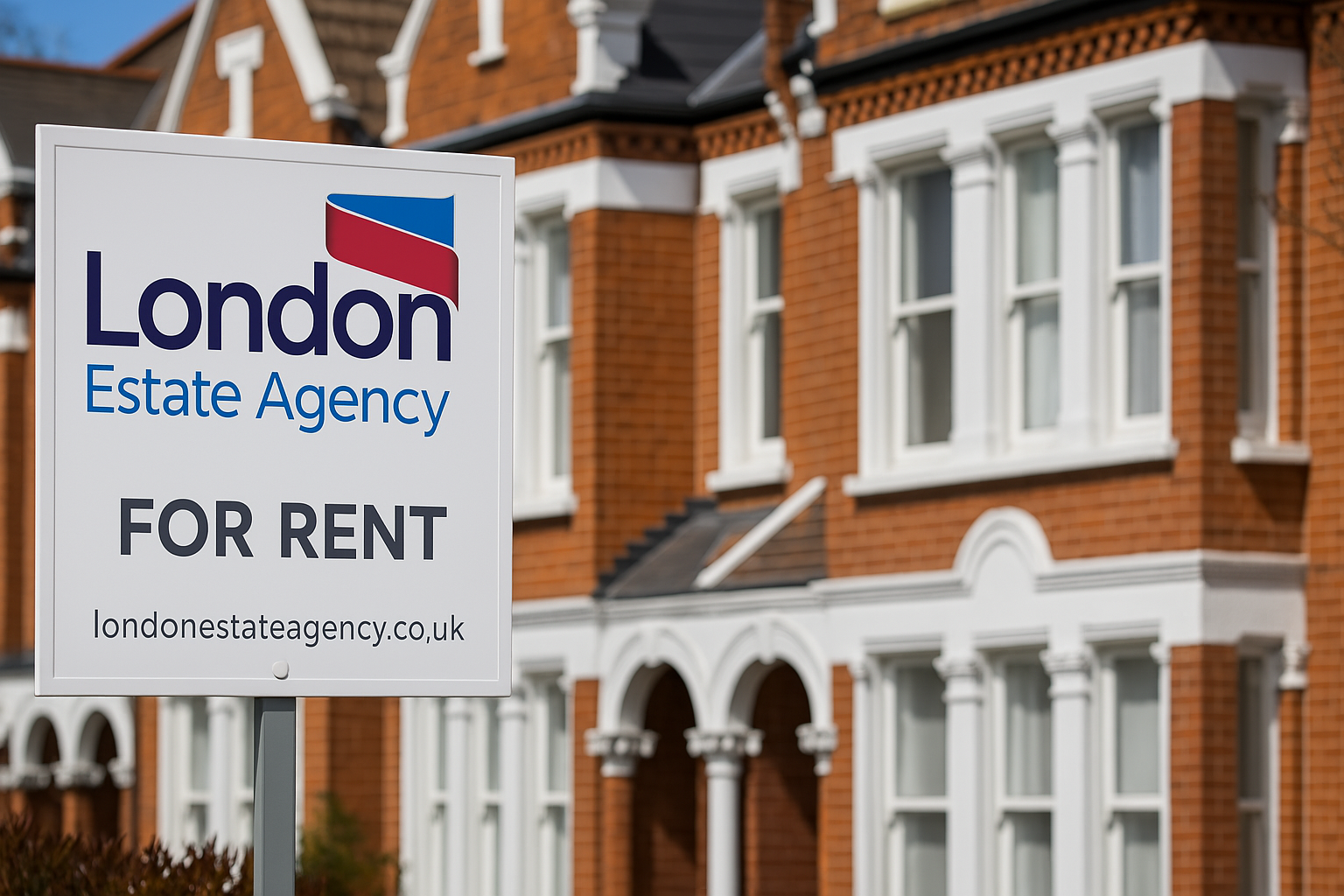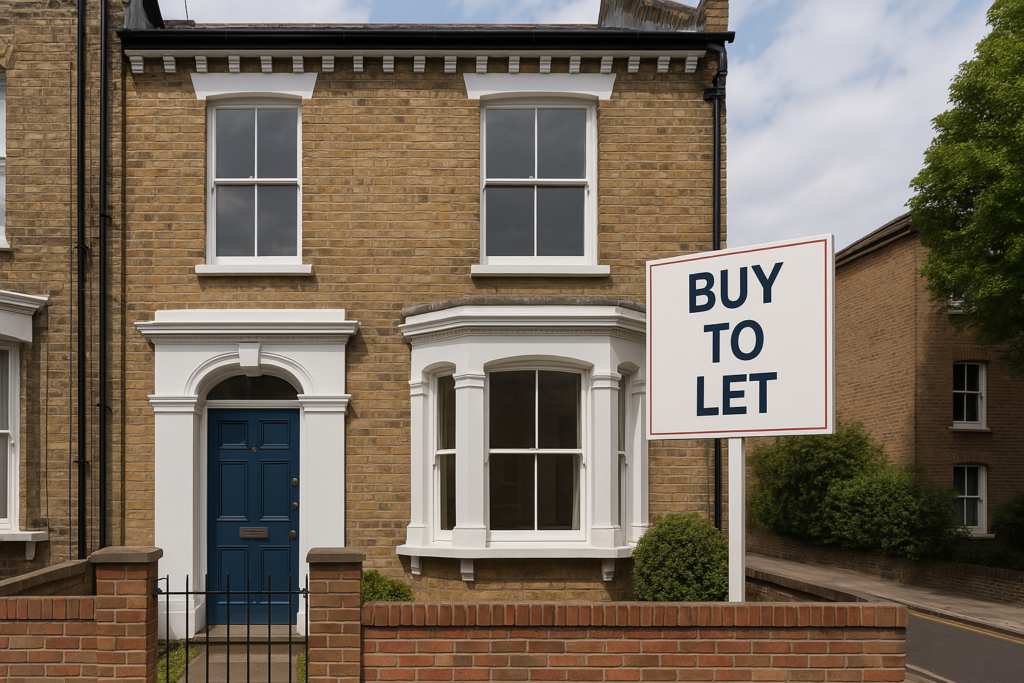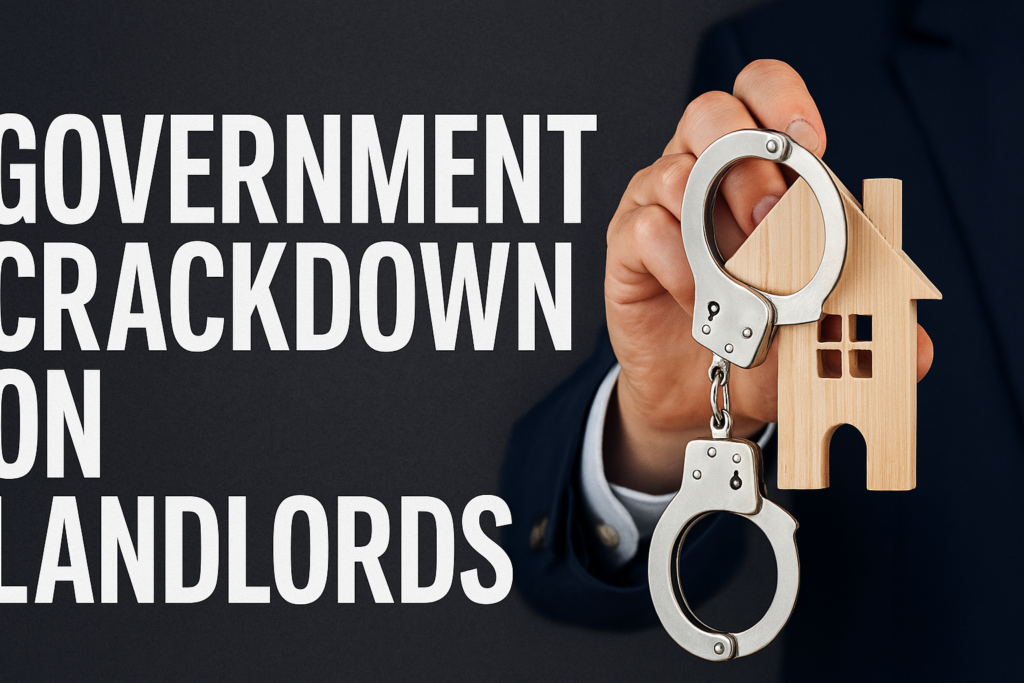A House in Multiple Occupation (HMO) is a highly strategic form of property investment, particularly in major urban centres such as London.
With demand for affordable shared accommodation soaring, HMOs have become increasingly attractive to both seasoned and first-time property investors.
Defining an HMO: House in Multiple Occupations
A House in Multiple Occupation (HMO) is a residential property rented out by three or more tenants forming more than one household. These tenants share common facilities such as the kitchen, bathroom, and, in some cases, the living space.
Under the UK’s Housing Act 2004, an HMO is typically defined as:
A property rented by three or more individuals, forming more than one household
Shared facilities such as a kitchen, bathroom or toilet
May require a mandatory or additional licence depending on local council rules
Advantages of Investing in HMOs in London
1. Higher Rental Yields Compared to Single-Let Properties
HMOs in London deliver significantly higher rental yields. Investors can charge individual rents per room, resulting in cumulative monthly income that typically exceeds the rental income of a single-let property by 2-3x.
Example:
A 4-bedroom single-let property in Zone 3 may yield £2,000/month.
Converted to an HMO, with rooms rented at £750/month each, the income becomes £3,000/month.
2. Steady Demand for Affordable Housing
London’s high rental prices make HMOs particularly attractive to:
Young professionals
Key workers
Students
Migrant workers
The demand is especially high in boroughs such as Newham, Tower Hamlets, Lambeth, and Croydon, where rental affordability is a key concern.
3. Portfolio Diversification
HMOs enable investors to diversify within a single asset. If one room becomes vacant, the other rooms continue generating income, reducing risk compared to traditional single-tenancy models.
Legal and Licensing Requirements in London
Mandatory Licensing
If your HMO houses 5 or more tenants, it falls under the mandatory licensing scheme across England. This includes:
An inspection for fire safety standards
Adequate kitchen and bathroom facilities
Minimum room sizes
Proof of proper waste disposal systems
Additional Licensing
Some London boroughs have additional licensing schemes that cover smaller HMOs (e.g. 3+ tenants). These boroughs include:
Camden
Southwark
Brent
Haringey
Always check the borough’s local housing authority for precise licensing requirements.
Financial Considerations and Costs
Upfront Investment
HMO properties often require significant capital to meet compliance standards:
Fire doors, alarms, emergency lighting: £5,000 – £10,000
Property conversion (if needed): £15,000 – £50,000
Licensing fees: £500 – £1,500 depending on borough
Ongoing Costs
Management fees: 10%–15% (if outsourced)
Maintenance and compliance: £2,000+ annually
Utilities: Can be £300–£600/month, typically paid by the landlord
Taxation on HMOs
Rental income is taxed as standard under Income Tax.
Mortgage interest tax relief is limited under Section 24.
Capital Gains Tax (CGT) applies on sale, with HMO-specific valuation complexities.
Many investors operate under limited companies to benefit from Corporation Tax (currently 25%) and retain more profit within the business.
HMO vs Buy-to-Let: A Comparison
Rental Yield:
HMO properties generally offer a high rental yield, typically between 8% and 12%.
Standard Buy-to-Let properties offer a more moderate yield, usually around 4% to 6%.
Risk:
HMO investments have diversified income streams, as rent comes from multiple tenants.
Buy-to-let relies on a single income stream, making it riskier if the tenant moves out.
Setup Cost:
HMO properties often require higher setup costs due to additional compliance and licensing requirements.
Buy-to-let properties have lower setup costs.
Management Complexity:
Managing an HMO is more complex because it involves multiple tenants and potentially more frequent maintenance.
Buy-to-let is simpler, typically involving just one tenant or family.
Cash Flow:
HMO properties tend to generate more substantial cash flow.
Buy-to-let properties offer moderate cash flow.
Ideal Locations for HMO Investment in London:
Newham: Attracts a high student population and is undergoing significant regeneration projects.
Tower Hamlets: Close to Canary Wharf, making it popular among young professionals.
Southwark: Offers excellent transport links and increasing rental demand.
Haringey: Known for affordable property prices and strong rental yields.
Croydon: A rapidly growing commuter hub with good investment potential.
Common Pitfalls to Avoid
Failing to obtain the correct licence
Inadequate fire safety and room sizes
Poor tenant referencing
Underestimating maintenance costs
Not using a qualified HMO management agent
Final Verdict: Is an HMO a Good Investment in London?
Investing in HMOs in London offers exceptional returns, strong tenant demand, and reduced void risk. However, it requires a deep understanding of legal obligations, local licensing, and robust property management.
For investors ready to commit time, capital, and due diligence, HMOs in London represent one of the most lucrative residential property strategies in 2025 and beyond.
Frequently Asked Questions
Can I convert any property into an HMO in London?
Not all properties are suitable. Check local planning regulations—some boroughs require planning permission (Article 4 Direction areas).
How long does an HMO licence take to get?
6–12 weeks on average. Delays may occur if fire safety or property standards are not met.
Can I manage my HMO myself?
Yes, but it’s time-intensive. Many landlords hire HMO-specific letting agents for compliance and tenant management.
Read our other Blogs:
UK Rental Market: Why Half of Landlords Are Holding Onto Their Properties in 2025
UK House Prices Remain Stable in March 2025 Amid Stamp Duty Changes





